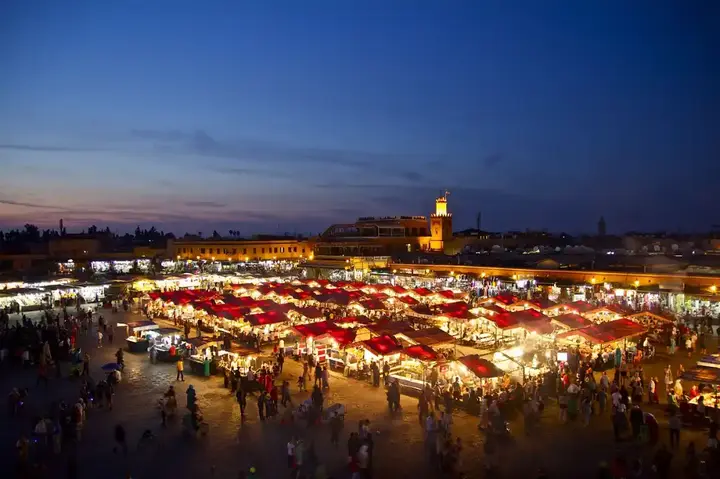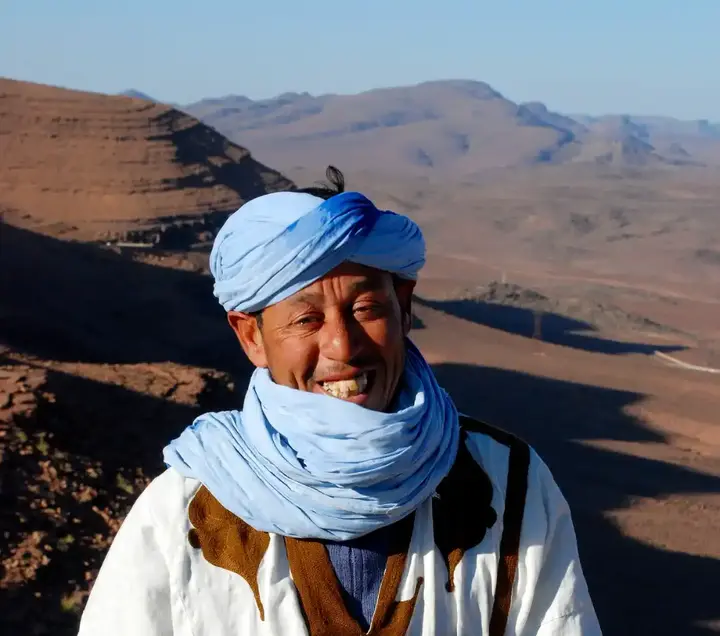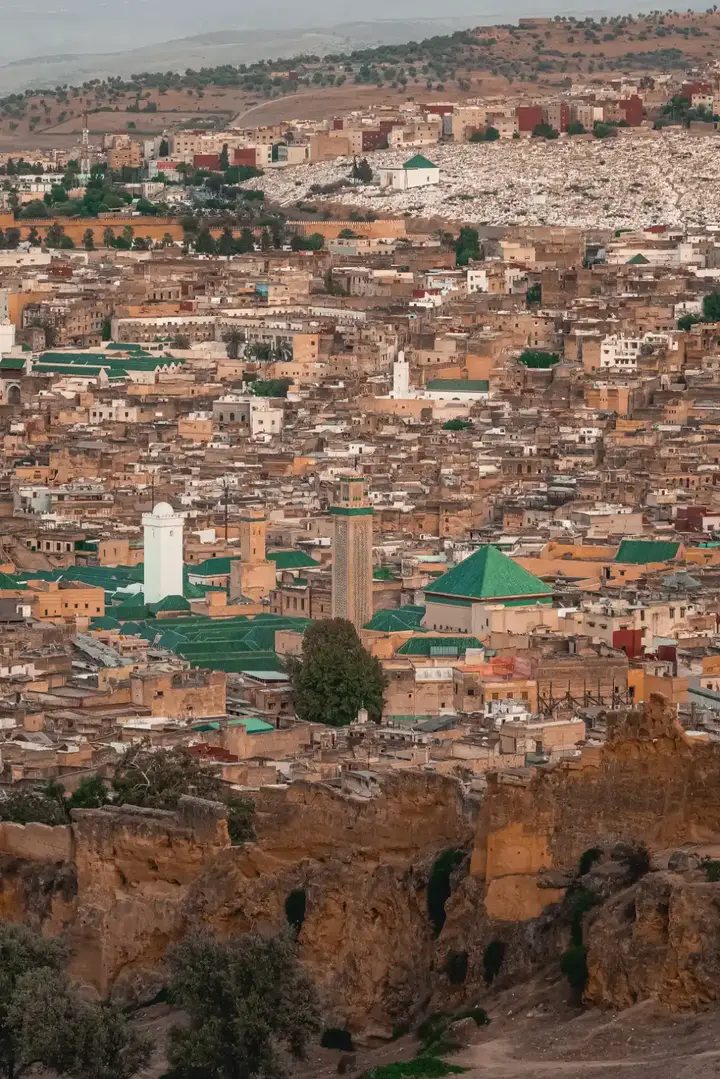3 things you didn't know about Morocco

There is no doubt that you know that Morocco is an Arab country with its official languages Arabic and French, and you also know that it is one of the famous tourist destinations where the opportunity to enjoy the unique character of each of its cities. For example, Marrakech is a "red city" with red houses and its distinctive building decorations and mosaics. Tangier, a coastal city overlooking the Mediterranean Sea, on whose shore you can see the Spanish city of Tarifa from a distance. The Moroccan Sahara is also world-famous for camping and watching the sunset, in addition to the fame of Moroccan cuisine, which is one of the top 10 restaurants in the world. Many also know the archaeological sites, spices, honey and many other handmade products characteristic of Morocco, but we are here to open your eyes to three things you may not have heard of before.
Recommend
Show key points
- Morocco is a culturally rich Arab country known for its diversity, with Arabic and French as official languages and a vibrant tourism industry.
- Moroccan cities each have a unique charm, such as the red architecture of Marrakech and the coastal views of Tangier overlooking Spain.
- The Moroccan dialect of Arabic is uniquely difficult to understand even for fluent Arabic speakers, setting it apart from other Arab nations.
- ADVERTISEMENT
- Despite the complex dialect, Moroccans are multilingual and often speak French, English, Spanish, and even Levantine dialects.
- The argan tree, which produces the globally renowned argan oil, is native only to Morocco and plays a significant role in health and cosmetics.
- Argan oil can be used both cosmetically to promote hair and skin health and medically to support cardiovascular wellness and cholesterol levels.
- Morocco is home to the world's oldest university, Al-Qarawiyyin in Fez, founded in 859 AD by a woman, and recognized for its historic role in advancing science and education.
Arabic in Morocco

Many people think that the Arabic spoken by Arabs in the Gulf region and North and East Africa is the same but the truth is that it differs markedly between these countries. There are 23 Arabic-speaking countries, including Malta, which is a European country, but half of its population speaks Arabic. The difference in language between these countries is not only in dialect but also in vocabulary.
You will notice that Arabic speakers from different countries understand each other even if they find it difficult to understand some vocabulary. The media contribute greatly to the consolidation of this single spirit, songs and drama in all their forms facilitate the process of understanding despite the different dialect. But when we talk about Morocco, you will be surprised to know that its dialect is the only one among all the countries that is impossible to understand. Whether you speak Arabic to an acceptable degree or even fluently, you will stand up in your dialogue with the Moroccan citizen because without exaggeration you will not understand the dialogue completely as if it were a language you have never heard in your life before. Laughablely, on the contrary, the Moroccan citizen will have no difficulty understanding you.
Moroccans in general are fluent in many languages besides Arabic such as French and English, and some speak Spanish and Levantine dialects. So, if you are the subject of a dialogue between two Moroccans while talking to them, you will never understand unless you are an Algerian citizen, as they are the only ones who can decipher the dialect of Moroccans. If you hear a Moroccan citizen say the word nightmare, you will think, like any Arab, that he means a disturbing dream, but in fact he means a gun, and this is an example of different vocabulary, but the real challenge is in the accent or pronunciation.
Argan tree exclusively in Morocco

You must have heard hundreds of times about the amazing benefits of argan oil, as it is one of the oils commonly used in recent years as a magic treatment for hair loss, and it also helps to strengthen it, shine and speed its lengthening. But did you also know that the argan tree from which argan oil is extracted is found globally in Morocco only.
Morocco is home to 20 million argan trees, a tree with a short trunk and dense branches, some of which have even been annexed by UNESCO into a nature reserve to protect them from extinction. Argan is a fighting tree that tolerates growth in a harsh, rainfall environment for 200 years.
It is one of the treasures of Moroccan nature, where an almond with a kernel emerges from the heart of its fruit, which extracts oil that is used for cosmetics such as hair oil and oil to combat skin wrinkles and acne. When the kernel is roasted before grinding, edible oil is extracted. Argan edible oil has been shown to protect against cardiovascular disease, lower blood cholesterol and other significant medical benefits. So we can say that the argan kernel is a natural pharmacy hidden in the heart of a fruit.
Photo link Morocco has the oldest university in the world

Universities are the beacon that leads people towards making their history to carry them to the righteousness of science, safety and growth, and the State of Morocco is proud that its land holds the first university in the world. Al-Qarawiyyin University in Fez, Morocco. According to the Guinness Book of Records and UNESCO, the university is the first ever and the first in the world to give a high qualification in the field of medicine.
It was founded by Sayyida Fatima al-Fihriya in 859 AD and did not hesitate to put her inheritance from her father to build this edifice, which continues to light the way to this day. It is a pride for every Arab to be the first university in the world on Arab land that carried the light of science to the world for decades.
Fez has become the scientific and spiritual capital of Morocco. You can let your imagination go back to the ninth century to imagine seekers sitting in a circle headed by a teacher to discuss aspects of medicine, philosophy, natural sciences and astronomy in this edifice that was a small modest place that has evolved over the ages to become a refuge and a beacon of science and culture.








